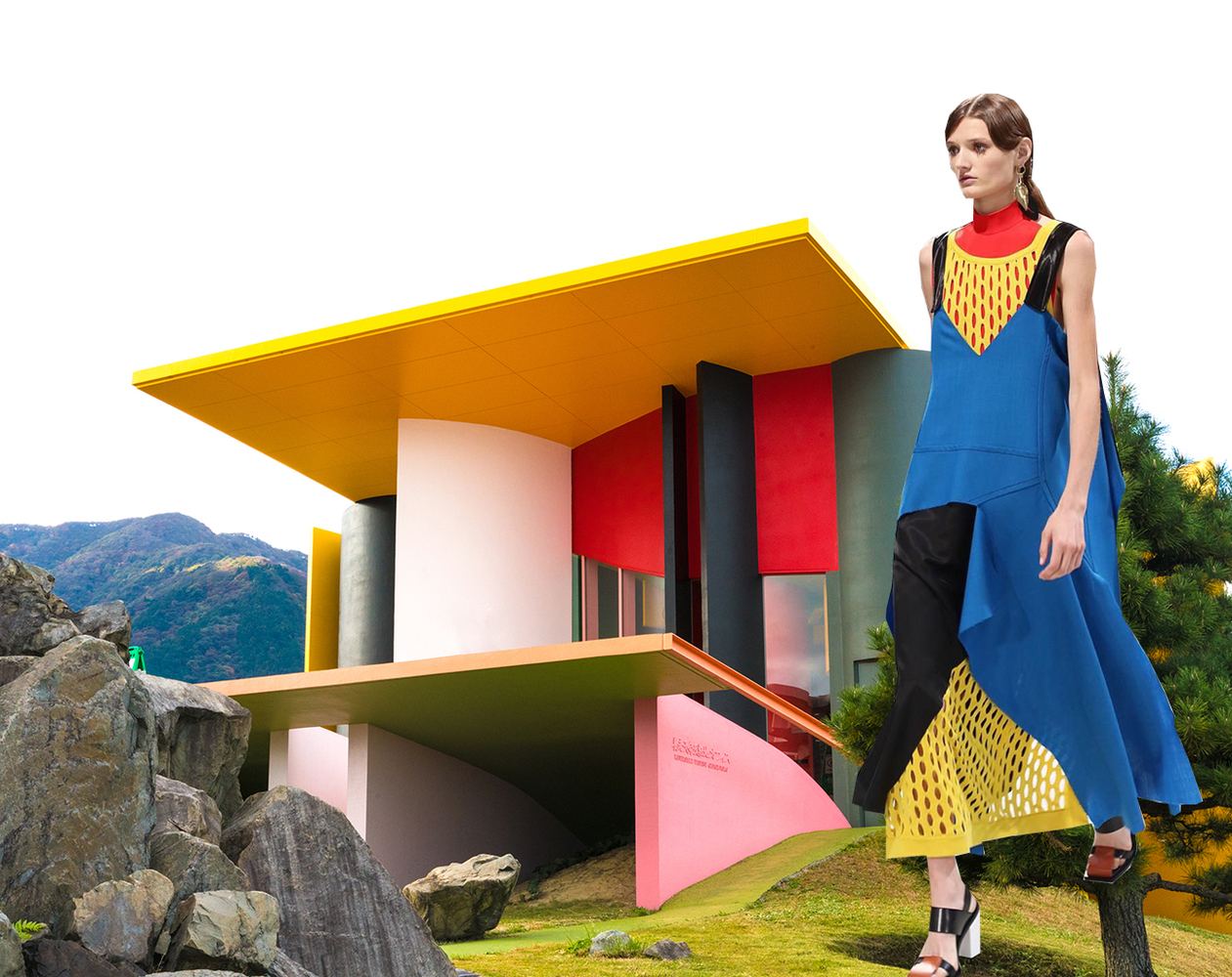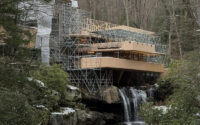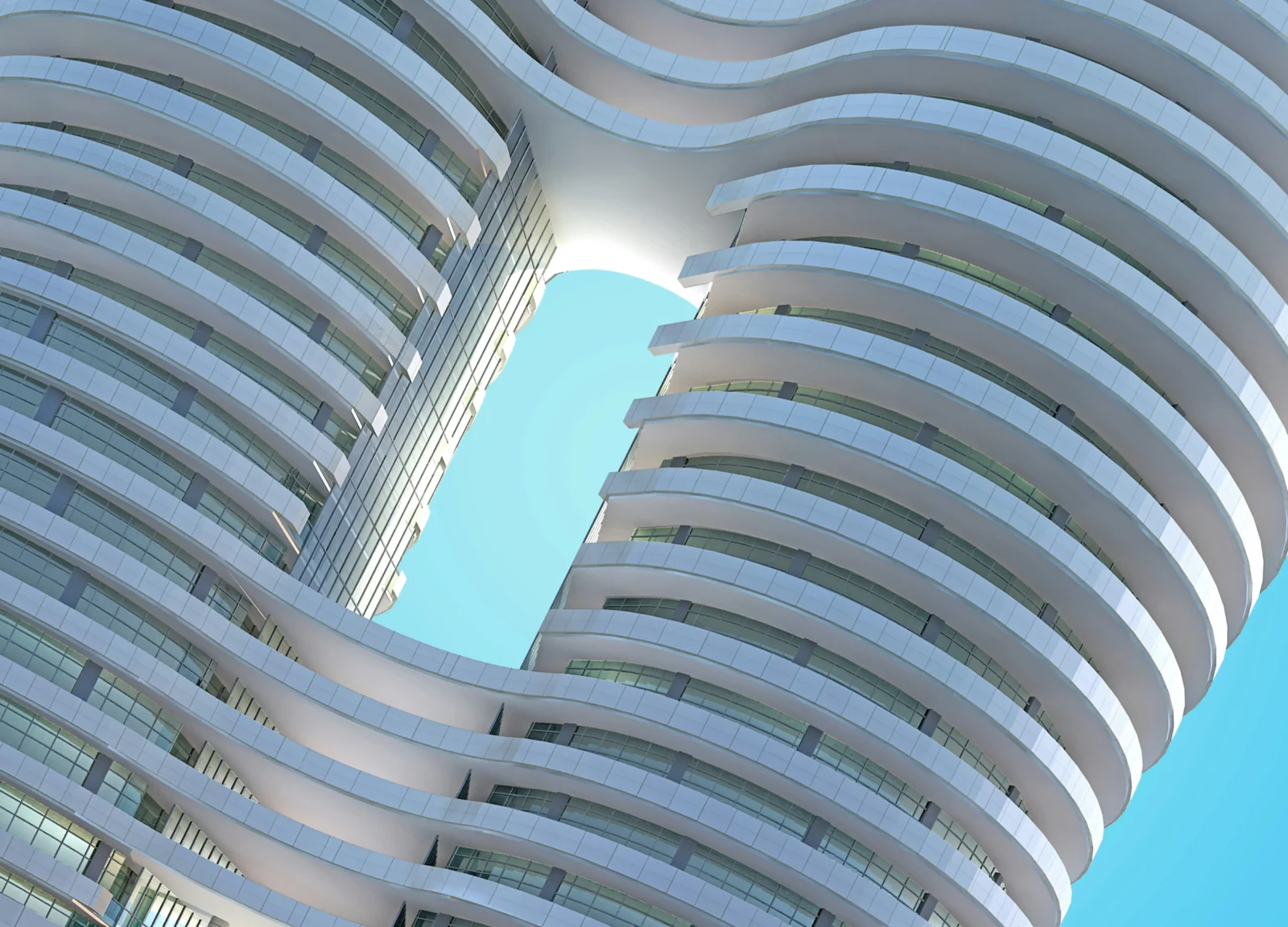- Home
- Articles
- Architectural Portfolio
- Architectral Presentation
- Inspirational Stories
- Architecture News
- Visualization
- BIM Industry
- Facade Design
- Parametric Design
- Career
- Landscape Architecture
- Construction
- Artificial Intelligence
- Sketching
- Design Softwares
- Diagrams
- Writing
- Architectural Tips
- Sustainability
- Courses
- Concept
- Technology
- History & Heritage
- Future of Architecture
- Guides & How-To
- Art & Culture
- Projects
- Interior Design
- Competitions
- Jobs
- Store
- Tools
- More
- Home
- Articles
- Architectural Portfolio
- Architectral Presentation
- Inspirational Stories
- Architecture News
- Visualization
- BIM Industry
- Facade Design
- Parametric Design
- Career
- Landscape Architecture
- Construction
- Artificial Intelligence
- Sketching
- Design Softwares
- Diagrams
- Writing
- Architectural Tips
- Sustainability
- Courses
- Concept
- Technology
- History & Heritage
- Future of Architecture
- Guides & How-To
- Art & Culture
- Projects
- Interior Design
- Competitions
- Jobs
- Store
- Tools
- More

In the vast tapestry of urban environments, with their towering skyscrapers, bustling streets, and diverse architectural wonders, the presence of green spaces stands out as a soothing contrast. These pockets of nature, interspersed amid concrete and steel, are more than just aesthetic enhancements; they are vital components of urban living. Urban landscapes, characterized by the dynamic interplay between built environments and natural elements, underscore the profound importance of parks and green areas. Such spaces not only offer a respite from the frenetic pace of city life but also play pivotal roles in ecological conservation, community health, and social cohesion. As the world’s population increasingly gravitates towards urban centers, understanding and appreciating the significance of parks becomes paramount. This exploration delves into the myriad ways urban landscapes are enriched by these green havens and why their preservation is crucial for future generations.
In the vast tapestry of urban environments, with their towering skyscrapers, bustling streets, and diverse architectural wonders, the presence of green spaces stands out as a soothing contrast. Beyond their beauty, these verdant spaces serve as critical lungs for our cities, filtering pollutants and providing fresh air. They foster biodiversity, inviting a range of flora and fauna into urban domains. Such pockets of nature, interspersed amid concrete and steel, are more than just aesthetic enhancements; they are vital components of urban living. Urban landscapes, characterized by the dynamic interplay between built environments and natural elements, underscore the profound importance of parks and green areas. These areas also act as communal gathering points, promoting social interactions and outdoor activities.

Urban parks are sanctuaries of greenery amidst the concrete jungles we call cities. These parks not only serve as recreational areas but also as essential spaces for community gatherings, environmental conservation, and reminders of the beauty of nature. In the hustle and bustle of city life, they provide a respite for both residents and tourists alike. Here are some of the world’s best urban parks that have captured the hearts of many:
- Central Park, New York City, USA: Stretching across 843 acres, Central Park is perhaps the most famous urban park globally. With its vast meadows, beautiful lakes, and cultural monuments, the park offers something for everyone. From the Bethesda Terrace to the Bow Bridge, its iconic sites are recognized worldwide.
- Hyde Park, London, UK: Originally acquired by King Henry VIII in 1536, this park has witnessed numerous historical events. Today, its 350 acres welcome visitors to enjoy the Serpentine Lake, Speaker’s Corner, and various statues and memorials.
- Ueno Park, Tokyo, Japan: Famed for its cherry blossom viewing spots, Ueno Park houses several museums, a zoo, and even a shrine. Its lotus ponds and traditional temples offer a glimpse into Japan’s rich history and culture.

- Ibirapuera Park, São Paulo, Brazil: Often compared to Central Park, Ibirapuera is the green lung of São Paulo. Besides its beautiful landscapes, the park is home to iconic modernist buildings designed by Oscar Niemeyer.
- Stanley Park, Vancouver, Canada: Encircled by the seawall, this park offers picturesque views of the Pacific Ocean and the surrounding cityscape. The park’s totem poles, rose gardens, and the miniature train are among its unique attractions.
- Lumphini Park, Bangkok, Thailand: In the heart of bustling Bangkok lies this peaceful park with its swan boats, free aerobics classes, and large monitor lizards. Inspired by Western designs, Lumphini is a great place for a morning or evening jog.

- Parc Güell, Barcelona, Spain: This UNESCO World Heritage site is a testament to Antoni Gaudí’s brilliance. With its colorful mosaics, serpentine benches, and panoramic views of Barcelona, it’s more than just a park – it’s an architectural masterpiece.
- Royal Botanic Gardens, Melbourne, Australia: These gardens showcase an impressive collection of both native and exotic plants. With its picturesque ornamental lakes and diverse flora, it’s a botanist’s dream.
- Lafayette Park, San Francisco, USA: Nestled in the Pacific Heights neighborhood, this park boasts tennis courts, picnic areas, and off-leash dog parks. With views of the Bay and the city, it’s a local favorite for relaxation.

Credit: Siegessäule-Berlin-Tiergarten – Vikipedi (wikipedia.org) - Tiergarten, Berlin, Germany: Once a hunting ground for the Brandenburg electors, Tiergarten now stands as Berlin’s most significant inner-city park. From the Victory Column to the Bellevue Palace, the park’s historical monuments offer insights into Germany’s past.
In conclusion, the world’s best urban parks are more than just patches of greenery; they are living testimonials to a city’s history, culture, and the importance of preserving nature in urban environments. These parks are essential for our well-being, reminding us of the delicate balance between urbanization and nature. Whether you’re seeking tranquility, recreation, or a touch of history, these parks are worth a visit in any season.

Submit your architectural projects
Follow these steps for submission your project. Submission FormLatest Posts
Best LED Shop Lights 2026: Brightest Options for Garage & Workshop
In 2026, LED shop lights have become essential for creating safe, efficient,...
Coloring Your Year: Using Traditional Lunar New Year Hues to Transform Your Apartment Décor
Lunar New Year always brings a burst of color and energy, making...
Chandelier Light vs Ceiling Lights: Which Decorative Lighting Works Best for UAE Homes in Winter?
Winter in the UAE doesn’t arrive loudly. It doesn’t announce itself with...
Marketing for Architects: How Firms Are Getting More Clients Without Chasing Leads
Architectural marketing has changed in important ways. Referrals and reputation still matter,...












Leave a comment